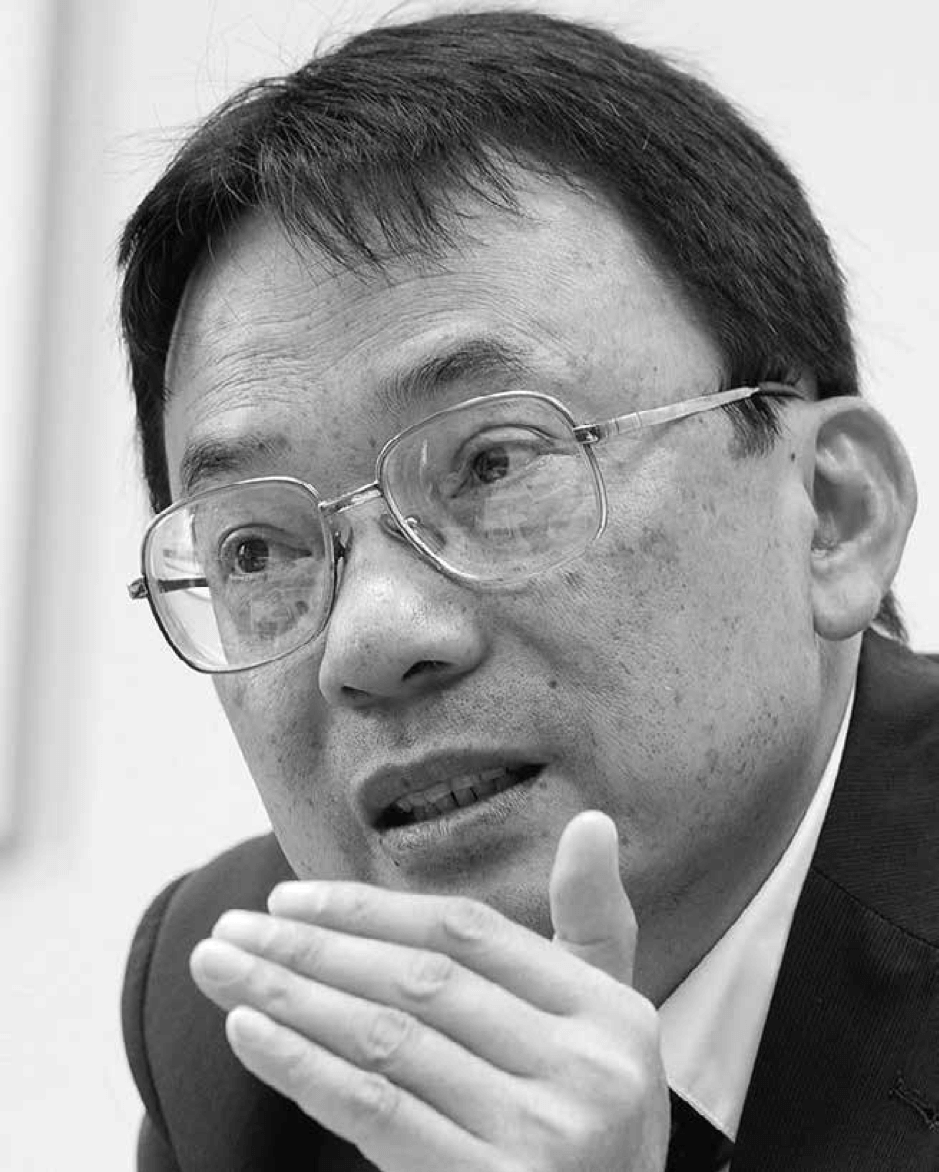On Smart Luminaires
In the time up to 2010, conventional luminaires with low or high-pressure discharge lamps with a luminous efficacy of about 80 lm/W were developed. The electrical power was dependent on the electrical power of the lamps built in the luminaire. From 2008 and likely until around 2020, luminaires with phosphorconverted white LEDs with one fixed color temperature, a constant luminous intensity distribution and a maximal luminous efficacy of about 140-160 lm/W are developed with an electrical power between 10 W and 300 W for different applications and dependent on the manufacturer. Therefore, a relative increase in luminous efficacy of 80 -100% in the context of the discussions on “energy efficiency” is being achieved.
Since 2014 the international lighting community has discussed the HCL concept on one side and smart lighting on the other side. In this discussion process the focus is the development of technologies like Zigbee, Bluetooth or Thread. Sensor concepts have the aim of dimming the light in the illuminated space if the user is absent or if the natural light’s incidence through the windows is enough or it is increased by daylight optical systems (prisms, mirrors). In a general sense, these technologies are useable for energy reduction and communication technology tools. However, the question arises: is this the smart lighting of the future?
Smart lighting has to take several different viewpoints into account. First, the user’s illuminated space (e.g. a building, a hospital or a school) always contains an application context (e.g. the atmosphere of an office, of medical care or education), depends on geographical location, the building’s geometry and weather and it may be oriented in different directions (North, South, East or West). The users who work in these illuminated spaces may have different cultural roots, different ages, genders as well as various working tasks (e.g. a nurse working in different patient rooms) under different physiological and psychological conditions depending on the current time of the day and season. On the other hand, from the lighting engineer’s point of view, the smart luminaires of the future should change their luminous intensity distribution (to provide direct and indirect lighting zones), their spectra (color temperature, white point, saturation of the illuminated objects, color gamut) and their brightness in the relevant living or working areas depending on the time of the day. Now the question is how lighting engineers will put these systematic changes into practice.
This question can only be answered at the level of lighting science, psychology and sleep research. Current standards and regulations define illuminance and luminance, glare and homogeneity within the lit environment based on the classic knowledge of the time until 1980. In the meantime, the dynamic development of LED technology gave rise to the usage of more modern lighting quality parameters like brightness, visual clarity, the circadian stimulus and color quality (e.g. CRI according to CIE 2017, color gamut or color saturation, preferred color temperature). Although these parameters are well established, currently they do not find their way into international standards. For these parameters, minimum criterion values have to be specified for user acceptability in order to ensure the lighting quality of the smart luminaires of the future.
Beyond classic production methods, the smart luminaires of the future should consist of a number of modules of the same electronic and software architecture and they should be scalable to a new modular luminaire. Many luminaires of this smart type in a room shall perform different lighting tasks depending on their position in the room (e.g. next to the windows, the doors or at the walls) and communicate with each other via different communication channels (e.g. VLC). The lighting procedure should then be controlled by a motherboard connected to the Internet platform within each lighting period (e.g. 10 minutes or half an hour).
Prof. Tran Quoc Khanh
Prof. Khanh studied machine engineering and technical optics before he finished his Ph.D. thesis on the spectroscopy of UV-VIS radiation sources in 1989. Then he worked at Krochmann in Berlin, at Gigahertz-Optik and at Arnold & Richter Cinetechnik in Munich before his habilitation in 2005. Since then, he is professor for lighting technology and solid-state lighting at the Technical University Darmstadt. He leads LED-research projects of the German Central Association for Electro Technical Industry (ZVEI) and he is chairman of the International Symposium for Automotive Lighting Technology (ISAL). He recently published books on “Digital Color Imaging”, “Color Rendering Quality of Conventional and SSL Light Sources” and “LED Technology and Perception”.

